A Client Guide to Figures: 6 of 6 – Paint and Clothing
Wednesday, October 29, 2014 4:08 PM by Taylor Studios in Fabrication

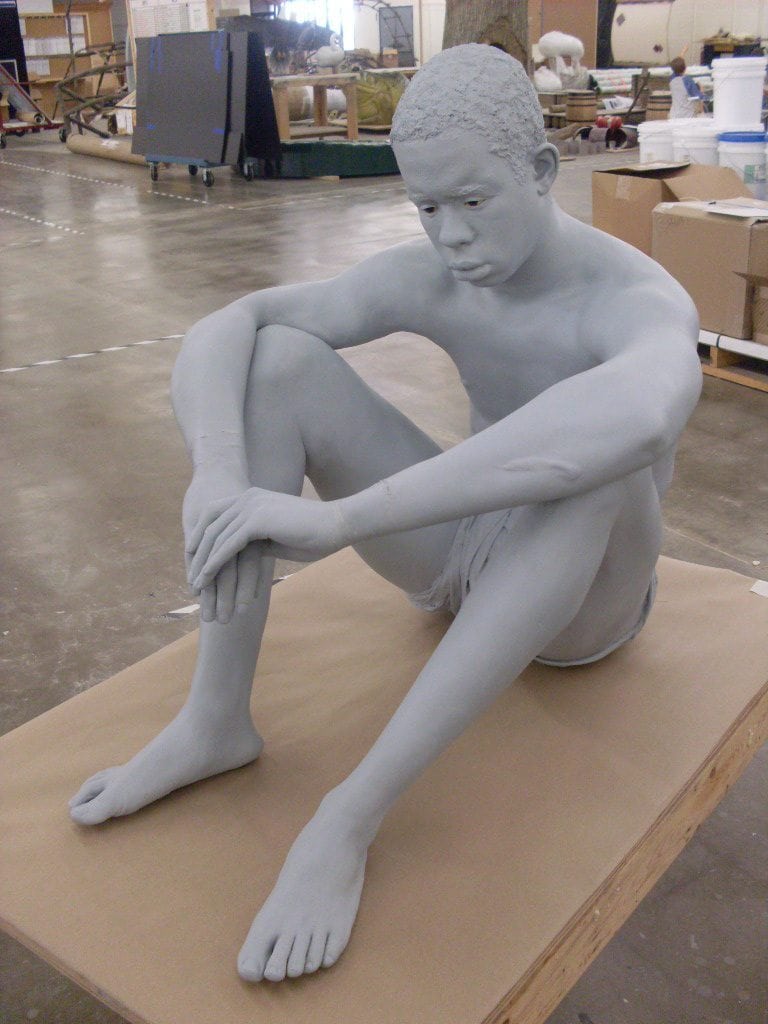
This is the 6th and final post of our 6-part series discussing the management and fabrication of human figures. Last month, we covered what goes into the figures (literally) and how they are assembled. This month, we’ll discuss paint, hair, clothing, and theming.
Paint
Before paint is started pictures of the primed figure will be posted for approval to paint. If the figure is monochromatic this step is very straightforward. The color palette will have been chosen during the design phase.
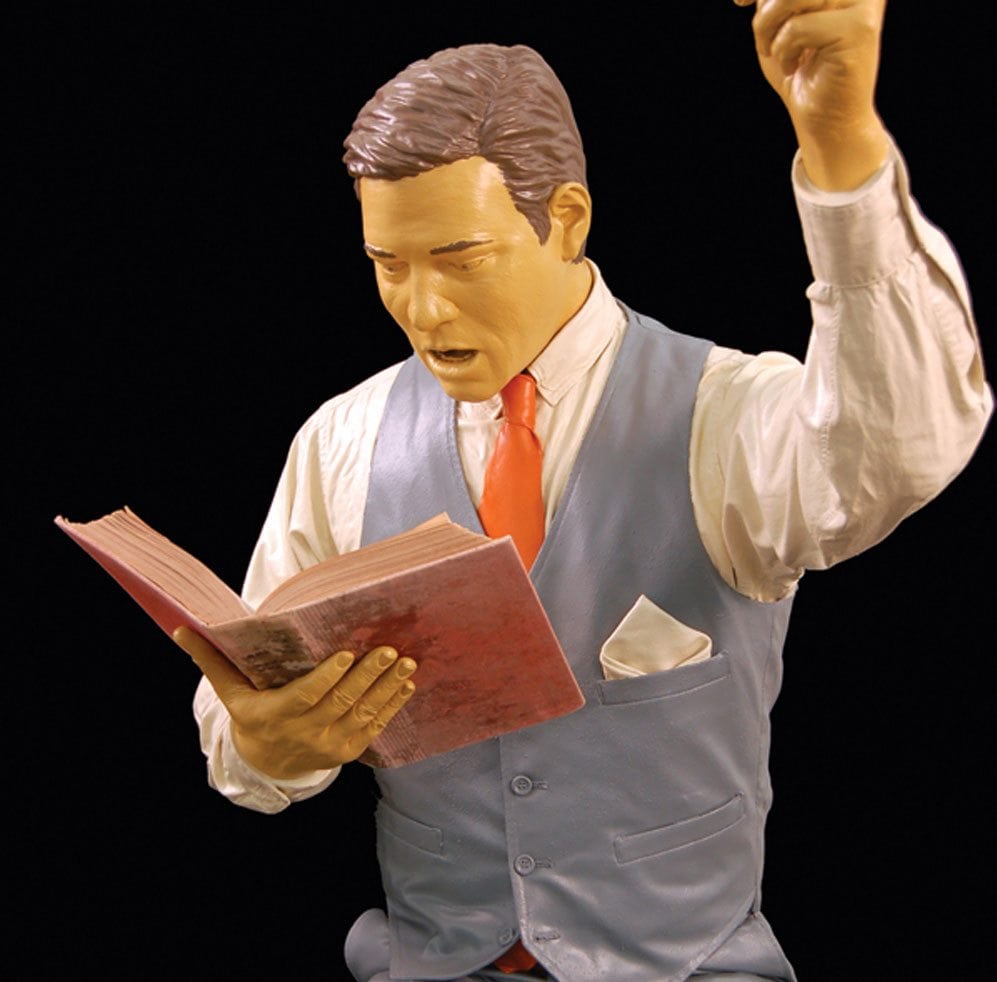
If the figure is full color the references approved during the design will be used. Ideally these references include photos of the actual person being represented at the correct age and from multiple angles. As previously discussed the reality is often less than ideal. If the only available references are paintings then photo reference for skin tone should have been approved during the design phase. If a comprehensive photo reference is available of the actual person being represented then the expectation should be for the final figure to be very close to the real person. If limited reference is available then a certain amount of “artistic license” will need to be accepted.
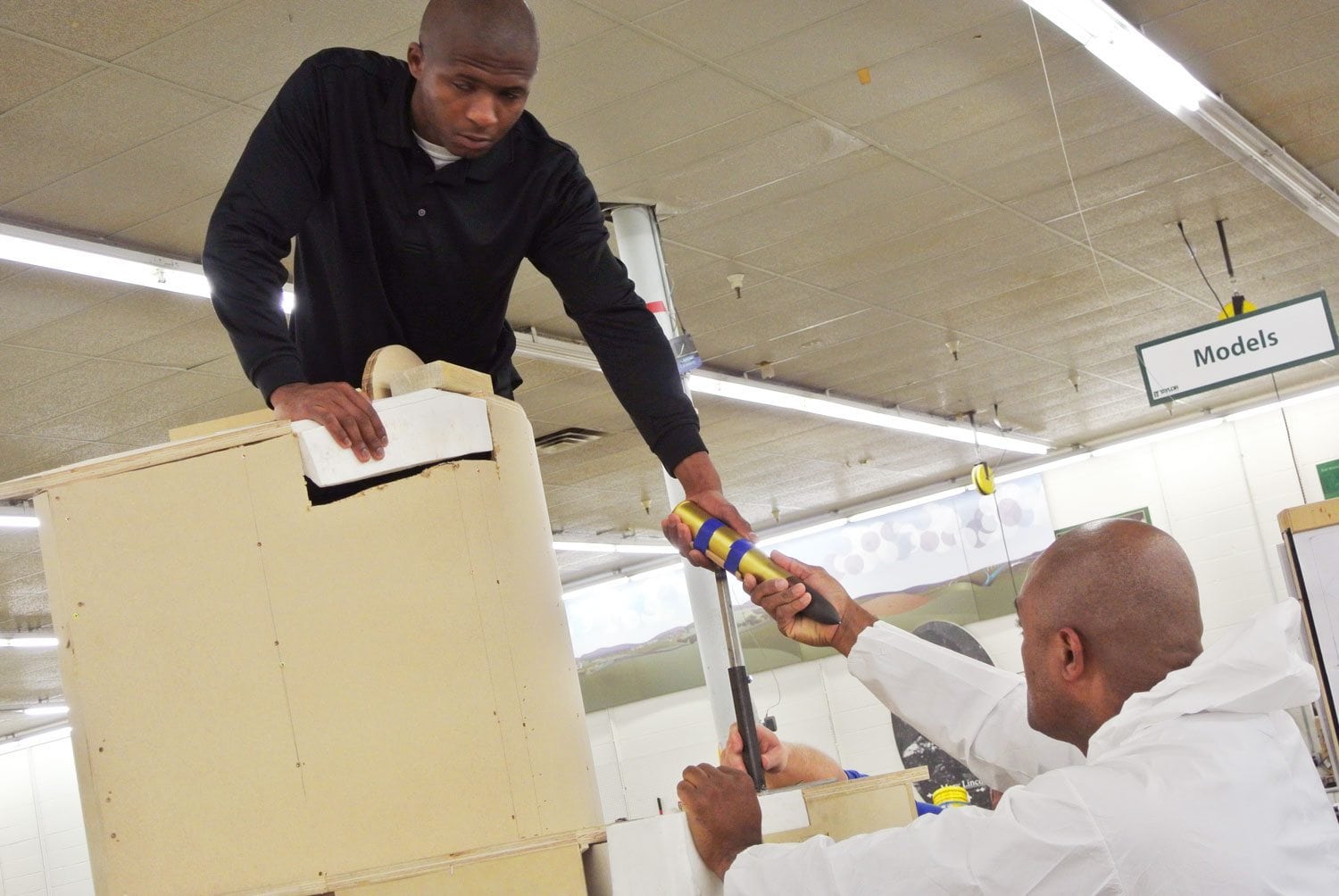
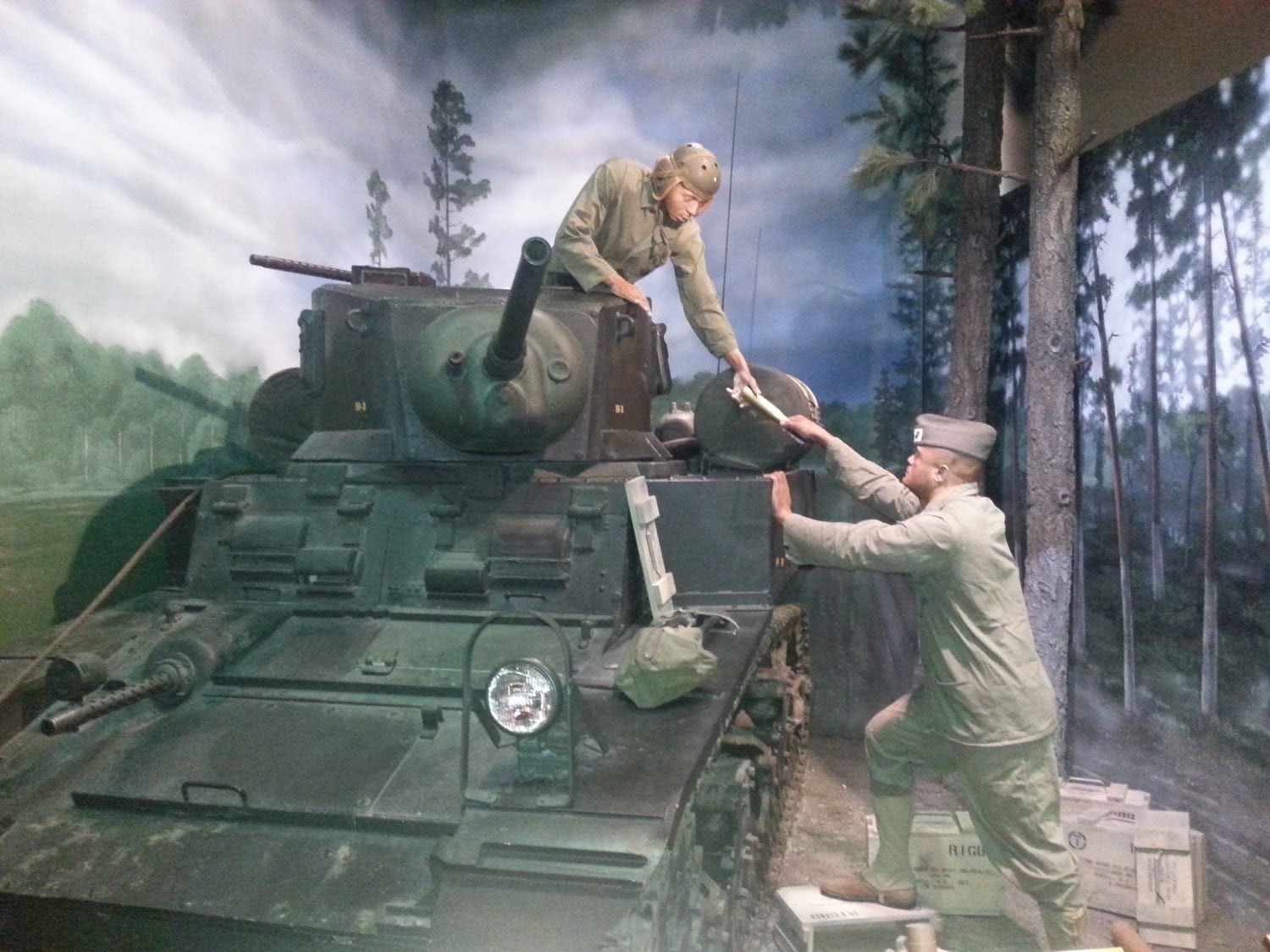
Hair
During the design phase the decision will have been made on whether the hair will be sculpted or natural. If it is sculpted it will be painted at the same time the figure is being painted. If it is natural then wigs will have been purchased to match the color and length of the approved reference. The wig will be attached to the figure and styled appropriately.
Clothing
The figure will be clothed with garments identified during the design phase and previously procured. Details of how the clothing is worn, especially with military uniforms, will need to be supported by approved reference or independent research provided by the client or the contractor. If vintage clothing is being used then figures will have been fabricated to accommodate the size of clothing available. Final tailoring will be taken care as needed after the figure is initially dressed. Photos will be posted at this time for approval of the final paint, hair, and clothing.
Theming
Theming is the final touch that brings a figure to life and tells a story. Would the person being portrayed have been sweating or dirty? Do they have injuries, cuts, or bruises? What would have the condition of their clothing been; should the clothing be neatly pressed or frayed, threadbare, and dirty? All of these “conditions” should have been addressed during the design phase. Degrees of theming are often hard to communicate. One tool that works very well is to create sample boards with levels of theming (dirtiness, sweat, cuts). Direction is much more accurate if the communication is “for figure 1 I would like a dirtiness of level 2 and injuries as represented in level 3 of the sample boards.”
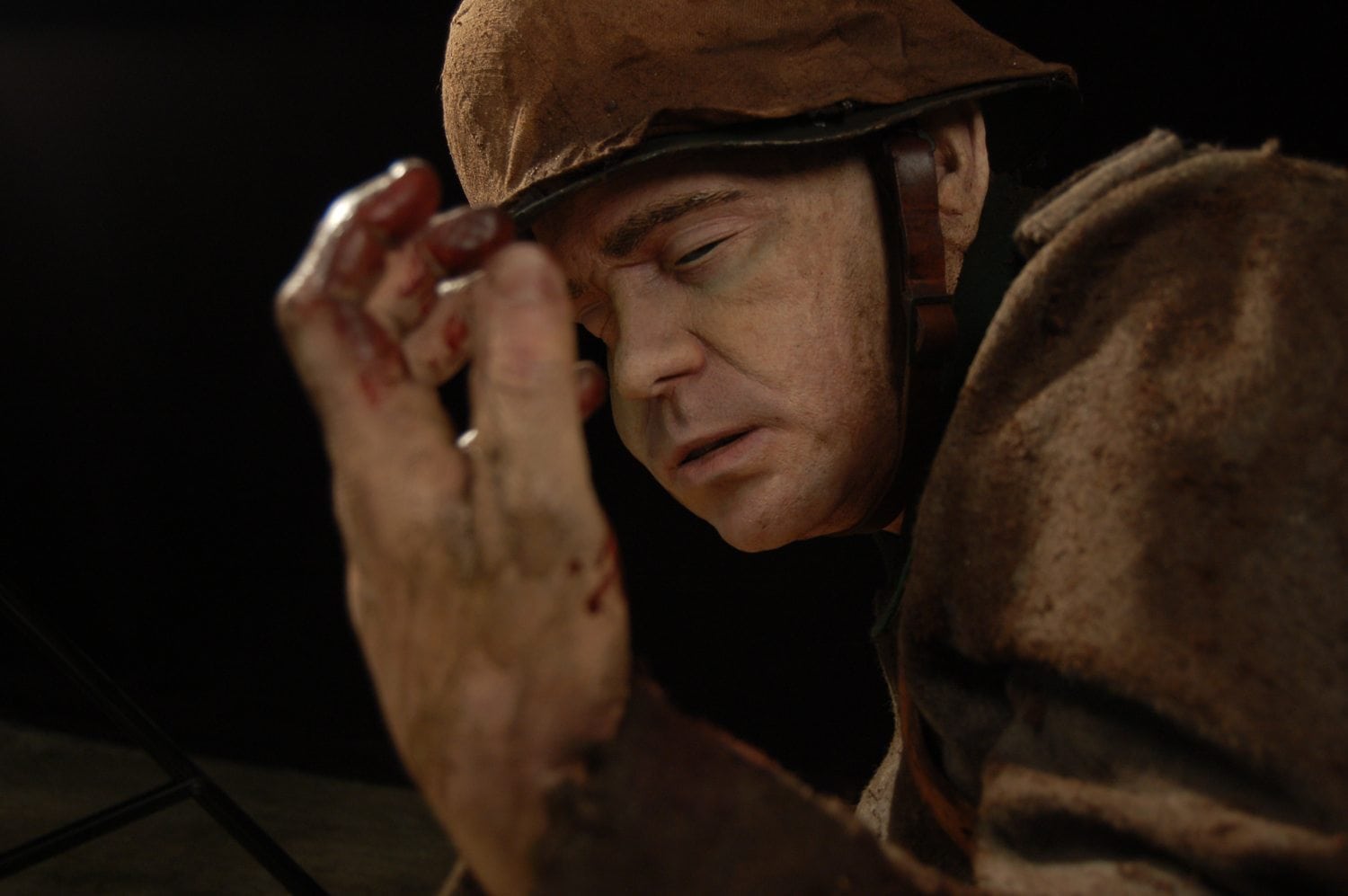
Once theming is complete final photos will be posted for approval of the figure. If the process described in the 6 parts of this blog have been followed there shouldn’t be any surprises. The time spent on the initial design phase and the review of progress photos at each crucial stage can be time consuming but is much easier then handling a big surprise once the figure is completed.
I hope you have found this “Client Guide to Figures” series informative. If you are planning on adding figures to any of your displays and have additional questions or need clarification on the processes described, I’ll be happy to help in any way possible. Please post questions and comments below.
Share this on social networks